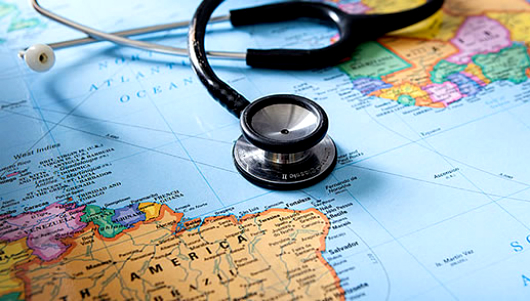Financing Global Health

With the closing of the Millennium Development Goals window and various summits regarding foreign policy, international development and global health reform, the way that we fund many projects and initiatives is changing. The introduction of the Sustainable Development Goals, expected this fall, will redirect funds and call for new investment strategies.
The Development Goals outline specific targets for improving health worldwide, which facilitates investment for major donors. With the anticipated adoption of the lengthier Sustainable Development Goals, there is concern over whether or not the lack of a very specific, short list of aims could complicate and subsequently stall funding. The broader targets group things like communicable diseases together, where as in the past diseases had been separate goals. However, the past focus on specific individual diseases did give way for some unpredictability. For example, with such focus individual countries would oftentimes focus on specific diseases, so when a primary benefactor experienced some political or economic instability, so did the projects that they were funding. The introduction of the Sustainable Development Goals will shift funds from aims such as HIV/AIDS prevention, maternal mortality and child mortality, which typically receive the most aid, to new aims more focused on sustainability.
As we transition into more of a sustainability mindset, consideration of where the funds are coming from is increasingly important. In the past, the majority of funds in developing countries for development projects have come from foreign actors. If the aim of these goals, in the long-run, is sustainability, it would make sense that we would focus on helping these countries finance the projects domestically. This would involve continuing some financial aid, but also providing additional and extensive educational aid, to give people both the means and the tools to make sustainable changes to improve the health of their nations.
We will continue to see more collaboration on how to come at the new set of goals in terms of financing. One topic to be frequently discussed is how to use existing funds in more useful ways to minimize the additional capital needed to combat the updated list of health and development problems. Ways that can help include developing and disseminating tools, creating policies that minimize corruption and streamlining fund allocation specifically to targeted development projects. The new set of goals calls for in-depth analysis of past development financing and projects as well as development of new strategies and policies, so that the international development community can ease into the transition of alleviating the newly designated most pressing matters in the international community. Financing global health is truly a dynamic issue.
– Emma Dowd
Sources: Devex, Devex, Forbes, Humanosphere
Photo: World Affairs Council
